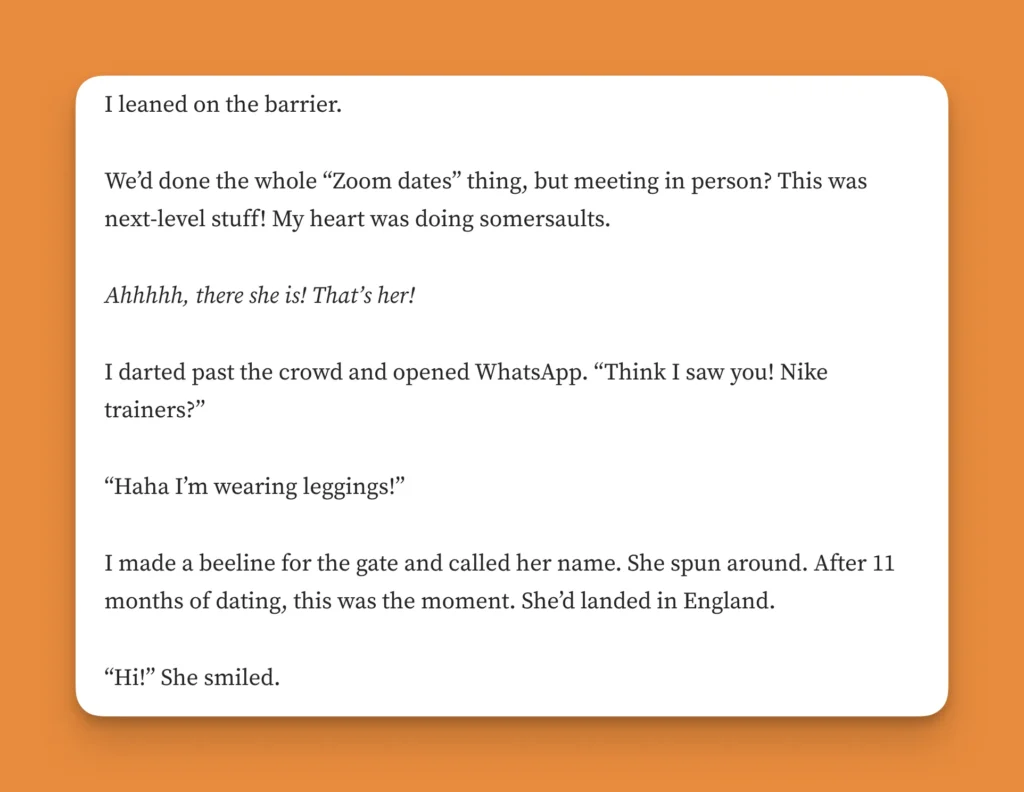Do you want to go viral on Medium?
There’s this guy called Scott Stockdale who got a few of his articles going viral.
I interviewed him on my podcast to suck as much info as I could out of his smart brain.
Here are his best tips to help you go viral:
Viral articles are rare, even for experienced writers.
Going viral is a numbers game.
Most writers will crank out hundreds of articles, but only a handful will truly explode. Out of 300 published pieces, Scott got 7 to go viral.
That’s 2.3%.
The secret isn’t chasing perfection—it’s relentless consistency. The more you write, the more opportunities you create for that viral moment.
When an article goes viral, it helps readers discover your whole body of work, which Scott calls a “binge bank.”
Lesson #2: Nail the headline
You heard about this before.
But since it’s so crucial, let me repeat it again: The headline is the most important part of your article. If it doesn’t grab attention, people won’t click. If they don’t click, they don’t read.
So stop thinking of your headline as an afterthought.
You rarely get the best headline idea straight away. Write 5 to 10 versions before picking the best one.
A few things that can help your headline stand out are:
- Numbers
- Bold statements
- Or questions to make readers curious:

A headline like “You’re Wasting Time Trying to Build an Audience” challenges common beliefs and makes people want to learn more. It goes against the common narrative of audience building.
It’s poking the bear, so to speak.
Your headline is the difference between a handful and hundreds of thousands of views.
Lesson #3: Stories sell
A good story keeps readers engaged from the start.
The best way is to begin your article by putting them in the middle of a situation like so:

Right away, the reader is drawn into the moment, wondering what happens next.
Another example could be, “After 300 articles and barely any traction, I was ready to quit. Then one post changed everything.”
Stories like these help readers relate and make them feel connected to your writing.
Once you have them curious, they’ll keep reading.
Lesson #4: Start strong (& keep them hooked)
But you can also start your article with a surprising statistic or a bold quote to grab attention.
People love stats that make them stop and think. For example:
“Guess how many people use Reddit every month? 430 million.”
This stat makes readers pause and draws them into the article. People love to answer questions and figure it out. Then, they’re astonished by the numbers. So they think that they’re onto something new. So they continue reading.
Another way to catch attention is with a thought-provoking quote.
For example: “You Likely Have $1,000 on Your Google Drive — If Not More.”
This kind of opener makes readers curious about what you’re going to reveal. Everyone has a Google Drive. And everyone wants an extra $1,000.
Starting with a stat or quote gives your article instant credibility and encourages readers to share it.
Lesson #5: Go (really) deep
The internet is full of platitudes.
So well-researched articles naturally stand out and get more shares.
Scott spent weeks researching the article about entrepreneur Pieter Levels.

To provide detailed insights, Scott dissected Pieter’s:
- Tweets
- Blog posts
- And newsletters
But these types of articles provide real value to readers. So they have a higher chance of going viral.
Most people aren’t willing to do this because they hate the process. It’s boring. It’s not interesting.
Which brings me to the next point…
Lesson #6: Follow your curiosity
One of the best ways to write viral content is to follow your curiosity.
Don’t just write about what you think will get clicks—write about what genuinely interests you. When you’re excited about a topic, it shows in your writing. You’ll do the research. You’ll go the extra mile simply because it will feel like a game.
That energy draws readers in and keeps them hooked. If a subject sparks your interest, chances are it’ll spark interest in others, too.
Lesson #7: Stop losing your best ideas
Scott’s writing process is simple.
It starts with capturing ideas as soon as they hit. He doesn’t wait for inspiration to strike like a jolt while sitting at his computer.
Instead, he actively collects ideas all the time.
Whether it’s a quote from a podcast or a random thought that pops into his head, he immediately emails it to himself. The key here is to capture ideas in the moment and then refine them later.
I think he stole this “email to yourself” technique from Writing Tim.
This method not only keeps the ideas fresh but also ensures that when it’s time to write, he’s working from a pool of inspired content rather than struggling to come up with something new on the spot.
Every Sunday, he goes through these emails and organizes them in Notion. This could mean finding a unique angle or expanding on a simple thought.
Lesson #8: Stop overthinking
The biggest mistake many writers make is overthinking every detail.
Whether it’s a headline or the content itself, agonizing over every word kills creativity. Instead of stressing about perfection, let the process flow naturally. You don’t need to torture yourself over every sentence or headline.
In fact, some of the best-performing articles came from headlines or ideas that came quickly and naturally.
Stop overthinking.
For instance, bold, straightforward headlines like “You’re Wasting Time Trying to Build an Audience” often work better because they’re:
- Clear
- Direct
- And have that punch of curiosity
Stop second-guessing every choice. Your best writing happens when you stop trying to make it perfect and focus on getting the ideas out.
If it feels natural to you, it will likely resonate with readers.
